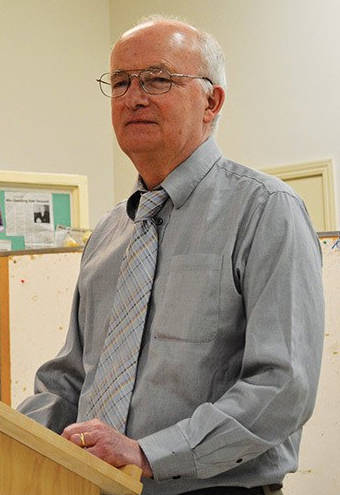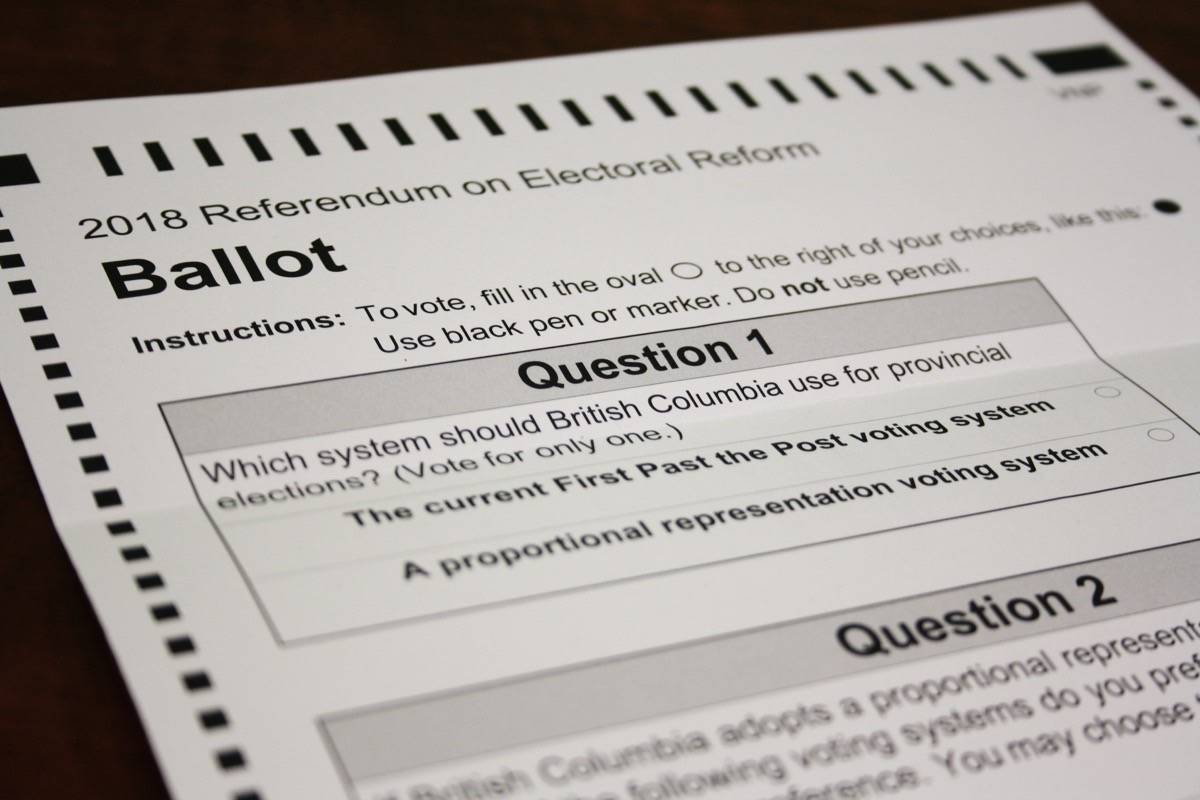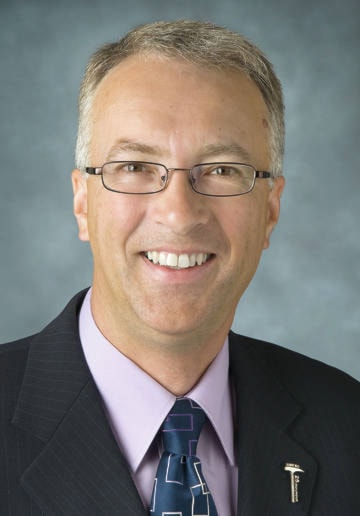In a new poll, British Columbia voters are being asked if they want to stick with the current First Past the Post (FPTP) voting system or adopt proportional representation (PR).
A second question asks for a ranking of what type of PR system voters want out of dual-member PR, mixed-member PR and rural-urban PR.
How will the outcome of the poll affect a rural area like Burns Lake and the wider region of Bulkley-Nechako?
For Liberal MLA of Nechako Lakes John Rustad, the smaller population of northern B.C. could see its political representation decrease under PR.
“Northern B.C. has about six per cent of the province’s population,” Rustad told Lakes District News. “Currently we have about 11.5 per cent of the MLAs, 10 out of 87. If [we adopt] true PR does that mean that we’ll lose a third or a half of them? Do we go from 10 to 6?”
He also said PR is a system that prioritizes party concerns over local concerns, with the possibility that a party might appoint a local representative if one is not elected.
“What if someone is appointed who doesn’t [directly represent local issues]? I’m sure they’ll do their best but the reality is they’re not from the area or directly elected. If you’re not directly elected you’re not directly responsive to the electorate that sent you there,” he explained.
But to Peter Ewart, spokesperson with Stand Up For The North Committee in Prince George, the power given to political parties is among the problems of FPTP.
“PR means no more false majorities, whereby a party can get 38 or 40 per cent of the vote yet gets a majority of the seats and 100 per cent of the power,” he said. “You have a situation where representation is dislocated, focussed in one region or another region.”
PR also gives voters more choice in who represents them, Ewart said.
“In your region you will have a local MLA who is elected to represent you. But with two of the options [in the poll] you’ll also have regional representatives to represent you with the regional MLA.”
However, aside from the practicalities of voting systems, Rustad suspects the public hasn’t been sufficiently informed of the choice they face.
“What I’m worried about now is people will ask, ‘what’s this?’ Are they concerned about it? Do they care? There hasn’t been a process to engage people and inform people and that hasn’t been done independently.”
In Ewart’s view, British Columbians are unsatisfied because they want change.
“There’s always been a strong current in B.C. to replace the FPTP system. A lot of people are dissatisfied with the FPTP system and…the low vote turnout shows how dissatisfied people are with the system.”
The postal ballot vote takes place from Oct. 22-Nov. 30.


